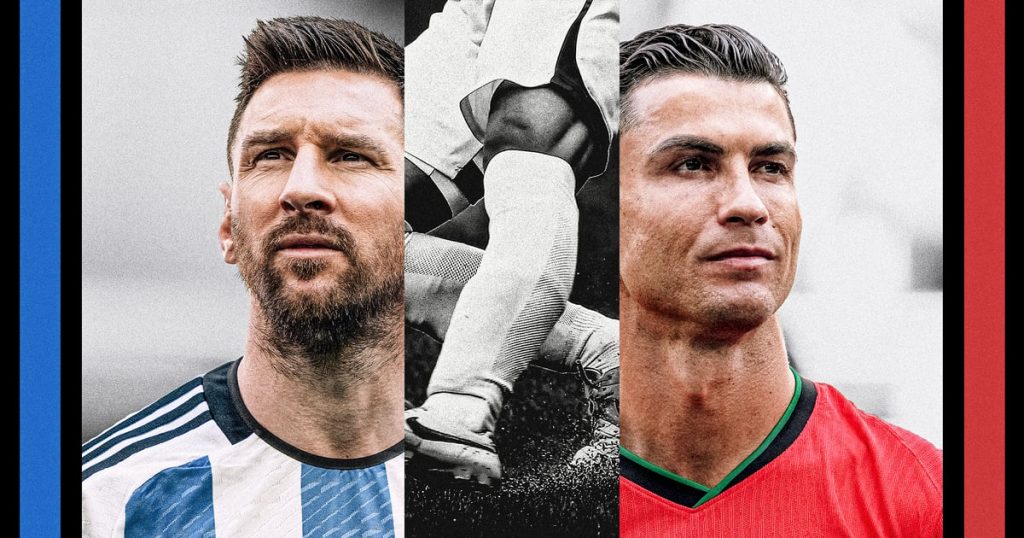The highest accolade in men’s football, the Ballon d’Or, will see a new winner on October 28 at the Theatre du Chatelet in Paris. The top contenders are Brazilian winger Vinicius Junior, who scored in Real Madrid’s Champions League final victory, and Spanish midfielder Rodri, who had successful campaigns with Manchester City and the Spanish national team. The dominance of Lionel Messi and Cristiano Ronaldo in the past 15 years makes this year’s contenders notably different. If Vinicius Jr or Rodri win, they would be the first winners to be born since December 1987.
Against the backdrop of Messi and Ronaldo’s dominance, a group of players has emerged in their early-to-mid thirties. This group includes names like Neymar, Toni Kroos, Kevin De Bruyne, Mohamed Salah, and Virgil van Dijk, among others. A newer generation of younger players such as Kylian Mbappe, Vinicius Jr, Erling Haaland, Jude Bellingham, Phil Foden, and Jamal Musiala have also risen to fame. It appears there is a gap in players born in the mid-1990s, not necessarily in terms of talent, but certainly in profile, recognition, and representation in top-level European football. However, players like Rodri and Bernardo who excel in understated roles have defied this trend.
Former Arsenal manager Arsene Wenger noted a shift in performances in the 2022 World Cup – young talents and experienced masters dominated. Wenger pointed to the enduring quality of players in their mid-to-late thirties like Messi, Ronaldo, and Modric, alongside young talents such as Musiala and Bellingham. Players in the in-between age group, however, made less impact, suggesting a struggle for recognition within the game.
Some argue that this gap is due to market forces. In recent years, dominant market forces have increasingly sought younger players, impacting the evolution of player profiles. Teams often focus more on players under 23 and view players older than 24 as not valuable, redirecting their resources towards younger players. This shift in focus contributes to this so-called “gap”.
The shift towards focusing more on younger players appears evident in the top transfers to Premier League clubs. Of the 50 biggest transfers this summer, only eight were for players aged 26 and above. In contrast, ten years ago in the summer of 2014, that age bracket accounted for eight of the 25 biggest deals. Additionally, younger players now have more opportunities for personal branding and promotion, increasing their visibility and recognition among fans and the media.
While not a perfect barometer of individual performance, the Ballon d’Or reflects the trend. Rodri’s potential win would indeed represent this so-called “jilted” generation. It would mean a shift away from the fanfare that accompanied players of Ronaldo’s and Messi’s caliber and towards the recognition of players who have largely flown under the radar.


